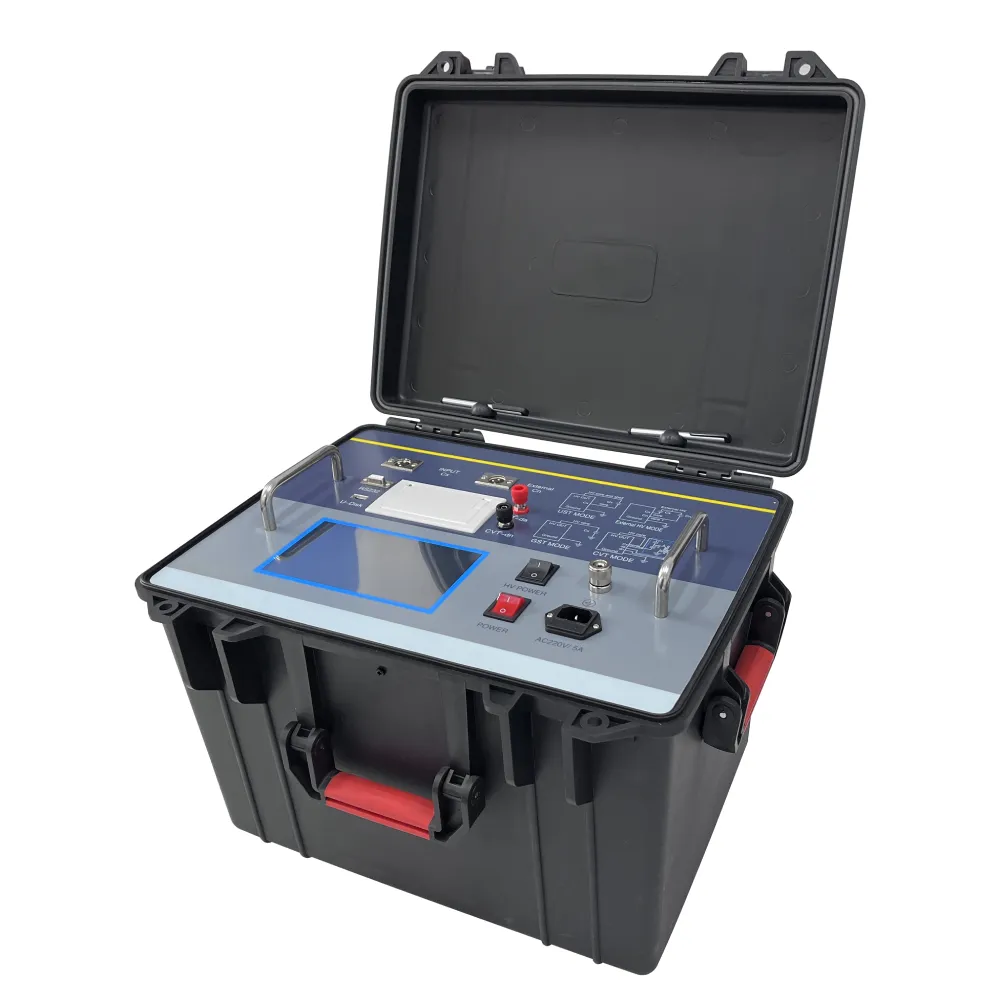 English
English


3 phase transformer testing
Understanding 3-Phase Transformer Testing
3-phase transformers are critical components in modern electrical systems, commonly used in power generation, transmission, and distribution. Testing these transformers is essential to ensure their reliability, efficiency, and safety. This article explores the various testing methods and significance of 3-phase transformer testing.
Importance of Testing
Transformers, particularly 3-phase units, play a vital role in stepping up or stepping down voltage levels in electrical networks. Proper testing helps identify potential issues that could lead to failures, inefficiencies, or hazards. Testing ensures that transformers operate within specified parameters, thus minimizing the risk of outages and maintaining system stability.
Common Testing Methods
1. Insulation Resistance Testing This test evaluates the insulation quality of the transformer windings. A high insulation resistance value indicates good insulation, reducing the risk of electrical leakage and potential short circuits.
3 phase transformer testing

2. Transformer Turns Ratio (TTR) Test The TTR test determines the ratio of primary to secondary windings. An acceptable turns ratio is critical for maintaining voltage levels and operational efficiency. Deviations from the specified ratio can indicate winding faults or shorted turns.
3. Power Factor Testing This method assesses the dielectric losses in the insulation system. A high power factor can signify aging insulation, potentially leading to transformer failure. Regular power factor testing helps maintain optimal performance and prolongs the lifespan of the transformer.
4. Sweep Frequency Response Analysis (SFRA) SFRA is used to detect mechanical or electrical changes within the transformer. By analyzing the frequency response, technicians can identify issues such as winding displacements or core damage.
5. Temperature Rise Test This test ensures that the transformer can handle elevated operating temperatures without exceeding the thermal limits of its insulation system. Testing at different load conditions helps evaluate the transformer's performance under real-world scenarios.
Conclusion
3-phase transformer testing is crucial in ensuring the longevity and reliability of transformers in electrical systems. By employing various testing methods, operators can detect potential issues early, ensuring that transformers operate efficiently and safely. Regular testing not only extends the life of the transformer but also enhances the overall performance of the electrical grid, ultimately contributing to a stable and efficient power supply. In a world increasingly dependent on electricity, the importance of thorough testing cannot be overstated.
-
Differences between open cup flash point tester and closed cup flash point testerNewsOct.31,2024
-
The Reliable Load Tap ChangerNewsOct.23,2024
-
The Essential Guide to Hipot TestersNewsOct.23,2024
-
The Digital Insulation TesterNewsOct.23,2024
-
The Best Earth Loop Impedance Tester for SaleNewsOct.23,2024
-
Tan Delta Tester--The Essential Tool for Electrical Insulation TestingNewsOct.23,2024





